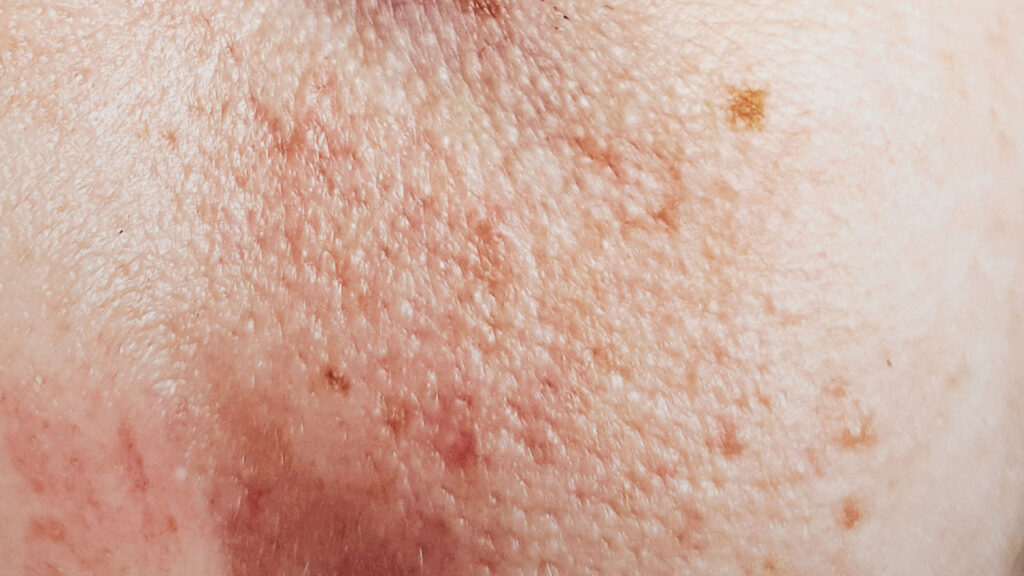1. Derivation and Types:
Retinoids are derivatives of vitamin A. They come in various forms, including retinol, retinaldehyde, and prescription-strength retinoids like tretinoin, adapalene, and tazarotene. Each type has varying strengths and potencies.
2. How to Use:
Start with a lower concentration and gradually increase as your skin builds tolerance. Begin using retinoids 2-3 times a week, and then, if well-tolerated, increase frequency. Apply a pea-sized amount evenly to clean, dry skin.
3. Typical Usage Areas:
Retinoids are commonly used on the face, neck, and chest to address concerns such as fine lines, wrinkles, hyperpigmentation, and acne. Avoid applying around the eyes unless specifically formulated for that area.
4. When to Use:
Apply retinoids at night as they can make the skin more photosensitive. Nighttime usage allows the skin to undergo repair and renewal processes, enhancing the effectiveness of retinoids.
5. Benefiting Populations:
Retinoids are beneficial for various skin concerns. Individuals dealing with signs of aging, acne-prone skin, and hyperpigmentation can benefit most. It’s also effective for improving skin texture and promoting collagen production.
6. Sensitive Skin Management:
If your skin is sensitive to retinoids, consider these tips:
– **Buffering:** Mix a small amount of retinoid with a moisturizer to reduce its concentration and minimize irritation.
– **Frequency Adjustment:** Decrease the frequency of use to allow your skin to adapt gradually.
– **Choose a Milder Form:** Start with an over-the-counter retinol before moving to prescription-strength retinoids.

Dr. Joanna Smith, DNP, MSN, RN, MBA, SSGB, RT, LE, CLT
President & CEO
Integrated Medicine Institute, Inc.



